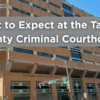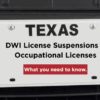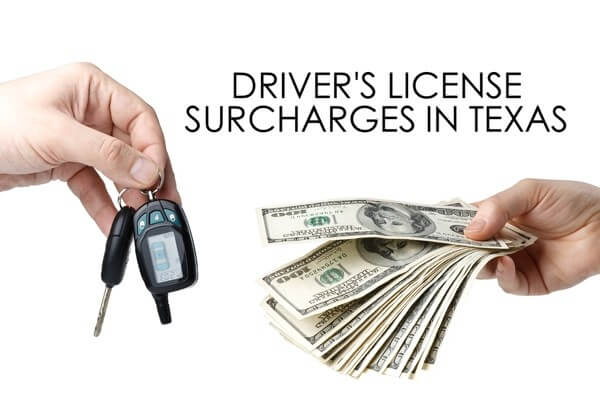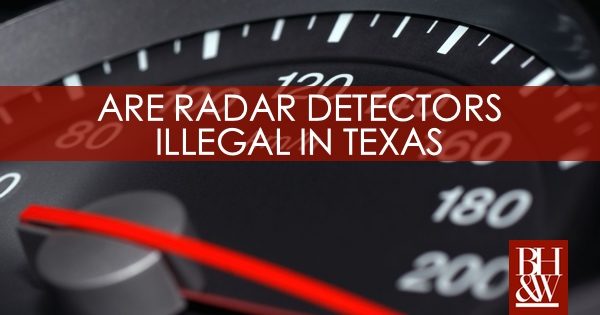 Back in 2010, we posted about Mahaffey v. State, a case in which the CCA directed the 12 District Court of Appeals (Tyler) to determine whether a “lane merge” is a “turn” under the Texas Transportation Code, such that it requires a driver to signal. If a “merge” does not require a turn signal (as the appellant failed to do in this case), then the police stop was improper (without reasonable suspicion) and the evidence of his DWI gained from the stop should have been suppressed.
Back in 2010, we posted about Mahaffey v. State, a case in which the CCA directed the 12 District Court of Appeals (Tyler) to determine whether a “lane merge” is a “turn” under the Texas Transportation Code, such that it requires a driver to signal. If a “merge” does not require a turn signal (as the appellant failed to do in this case), then the police stop was improper (without reasonable suspicion) and the evidence of his DWI gained from the stop should have been suppressed.
The 12th Court took another look at the case and once again determined that a “merge” was a “turn” and thus required a turn signal. Apparently, the 12th Court did not get the CCA’s hint the first time around.
In a 5-3 opinion with Judge Meyers concurring, the CCA reversed (again), holding:
We disagree with the State’s contention that the termination of a lane does not affect whether a driver changes lanes under the signal statute. As a practical matter, “changing lanes” requires the existence of more than one lane: In order to change lanes from Lane A to Lane B, Lane A must exist. Appellant did not change lanes. The two lanes became one. …[N]o signal is required when two lanes become one.
Presiding Judge Keller dissented and was joined by Judges Price and Keasler. She would hold that because Appellant’s lane ended, he had to change lanes, and that changing lanes requires a turn signal.
Well, it looks like logic prevailed in this one. You cannot change lanes if there is only one lane in which to drive. The majority got it right here. No signal is required for a lane merge. Remember that if a police officer tries to pull you over for failing to signal.










